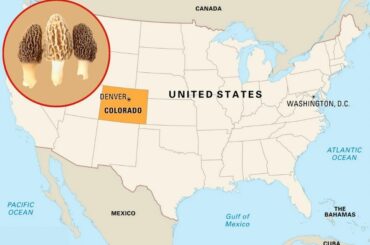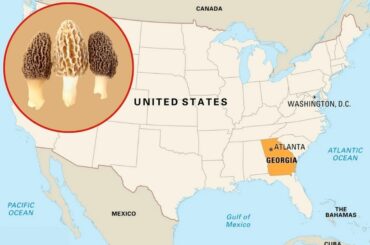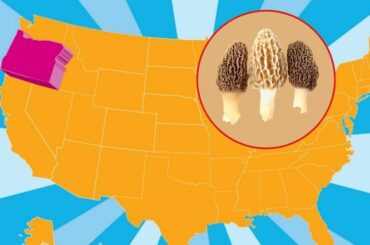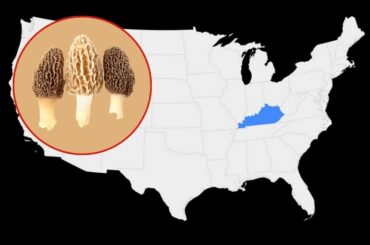In this article, I am going to describe blue oyster mushroom pinning and related mushroom pinning techniques. Bear with me till the end to learn more about this topic.
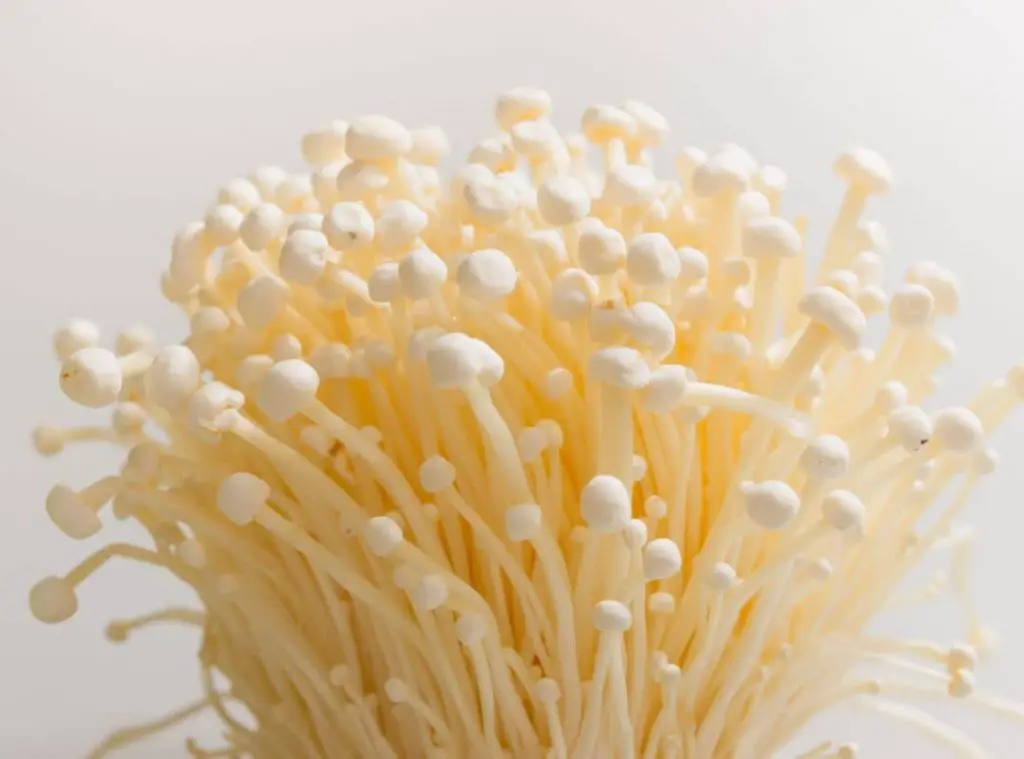
What is blue oyster mushroom pinning?
Contents
- 1 What is blue oyster mushroom pinning?
- 2 Blue oysters mushroom pinning: How long does it take?
- 3 What does blue oyster mushroom pinning look like?
- 4 How do you induce blue oyster mushroom pinning?
- 5 What does mycelium look like right before pinning?
- 6 How long does it take from pinning to fruiting?
- 7 Why are my blue mushroom pins not growing?
- 8 How long does it take a Monotub to pin?
- 9 Conclusion
Mushroom pinning is when the little caps of mushrooms start to show up from your growth substrate. At the initial state, they would look like small pinheads or buttons growing in bunches. Pinning will normally take about 2-3 weeks for Blue oyster mushrooms. When the spores are introduced to the substrate, the mycelium starts to grow occupying the substrate. As the mycelium takes over the substrate completely, it starts to produce its reproductive bodies or fruiting bodies which we commonly call mushrooms.
Blue oysters mushroom pinning: How long does it take?
Blue oyster mushrooms are a relatively easy variety to grow. Therefore it is one of the popular choices among beginners. However, the temperature and humidity should be maintained at ideal levels for the growth stages to properly proceed.
Three main stages can be identified in the Blue oyster mushroom life cycle;
- The spawning stage
- The pinning stage
- The fruiting stage
During the Spawning Stage spores are incubated at room temperature with low humidity for nearly 2 to 3 weeks. When the mycelium is at its best, the pinning stage starts. This happens when you decrease the temperature by a few degrees and increase the humidity up to 90% to 95%. After you adjust the conditions to said levels, pinning should start within 7 days. The fruiting stage follows after 7 days. At this point, you should reduce the humidity by 5%-10%. The fruiting bodies of Blue oyster mushrooms can be harvested within 5-10 days after that
What does blue oyster mushroom pinning look like?
The pinning stage is where the baby mushrooms start to bud from the mycelium. As the name suggests they look like pinheads on thin stems. Bunches of pinheads grow together and they are called a pin set. In the beginning, the Blue oyster mushroom clusters have a deep blue coloring and when the mushrooms grow into maturity they slowly turn gray.
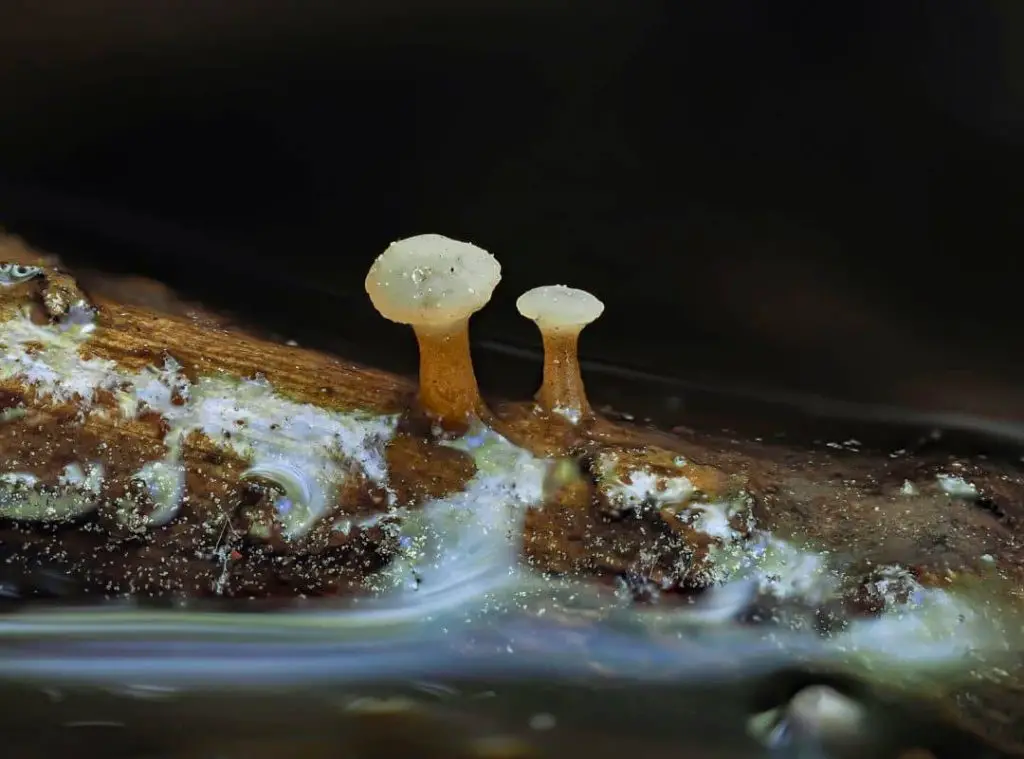
How do you induce blue oyster mushroom pinning?
When you get your new blue oyster mushroom spores, you can start by introducing them to your growing medium. If you are using plastic bags or buckets, cut holes in them to allow the pinning to emerge. You should make sure to spray or mist the growing kits several times a day if needed, to maintain the ideal humidity levels. The spawning stage of the blue oyster mushrooms happens at room temperature and with low humidity.
This stage can last up to 2-3 weeks. When the mycelium is fully grown you can induce the pinning of mushrooms. To induce the pinning you should increase the humidity of your growth chamber as high as possible. It is recommended to increase it up to 90%-95%. The temperature should be decreased up to 15 degrees Celsius.
It is beneficial to keep a temperature and humidity gauge inside your growth chamber to make sure the conditions are maintained at ideal values throughout this stage. You can use a hygrometer equipped with a thermometer for this purpose. When you maintain these conditions for 7 days, you will start to see the pinning emerge from the mycelium. This is one of the surefire signs that you are halfway there in the journey from inoculation to harvest of blue oyster mushrooms.
After this stage, you should keep misting and spraying the substrate to avoid drying up. But make sure not to spray the pinheads directly to avoid water droplets from accumulating on the caps.
What does mycelium look like right before pinning?
Your mushroom cultivation changes from the vegetative state which is the mycelial growth into the generative stage, when the primordia and mushroom fruiting bodies form. This is where the primordia followed by pinheads start to develop into mushrooms. After the inoculation of the substrate with the spores, mycelium starts to grow into the mycelial network slowly spreading through the substrate occupying it with its white fluff.
This looks like a white fibrous network accompanied by a pleasant mushroom smell. After a week or so you will see the mycelium fibers start to be woven into small balls. Then nodules are formed by these snow-white balls. The appearance of the nodules is followed by the pinning right after within 1-2 weeks if the conditions are right.
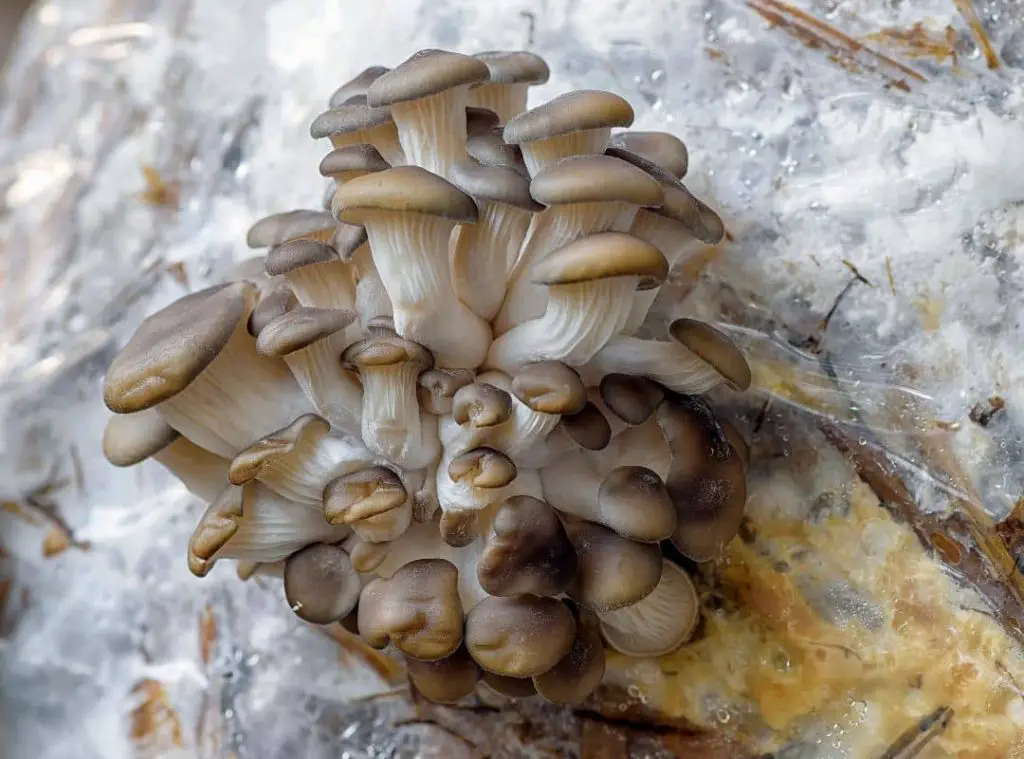
How long does it take from pinning to fruiting?
The pinning stage lasts for up to a week. After the week has passed you can decrease the humidity by 5%-10% and maintain it at 85%. And maintain the temperature at 15-20 degrees Celsius. At this stage, you should continue to spray the growth substrate regularly, several times a day if necessary. You also need to make sure your growth chamber is adequately ventilated as well.
When the ideal conditions are maintained, blue oyster mushrooms grow fast and you will be able to harvest your first flush within 5-10 days after the end of the pinning stage. Overall you will see your first fully bloomed, ready-to-harvest blue oyster mushrooms within 4-5 weeks from the inoculation of spores on the substrate.
Why are my blue mushroom pins not growing?
Firstly, your substrate might not have enough moisture to support the growth of the pins. Mushrooms contain a lot of water in their bodies. Therefore you need to water the substrate frequently to avoid drying up. Another reason for slow growth is inadequate humidity. The humidity should be maintained at 85% for successful fruiting in blue oyster mushrooms.
If you use a humidifier it makes the room humid. Minimizing the water loss from the mushrooms is also beneficial. The Airflow paths in the growth chamber should be maintained higher and lower to the level of mushrooms.
The airflow should not meet the level of oyster mushrooms directly to prevent excessive drying. It is ideal if you can keep your mushroom cultures in a confined environment as in a closed chamber, the conditions such as temperature and humidity can be correctly measured and maintained at desired levels. Another cause for the pins to grow later than usual is inadequate ventilation in the growth area. If the fresh air flow is limited, the stems of the blue oyster mushroom pins tend to grow longer.
This is a noticeable effect caused by high CO2 concentrations in the growth area due to poor ventilation. You should make sure the growth chamber of your mushrooms is properly ventilated and ensure fresh air exchange at all times. If your growth area does not have enough windows to allow this, you can opt for installing a fanning system in the mushroom growth chamber. You can also manually fan the mushrooms several times a day.
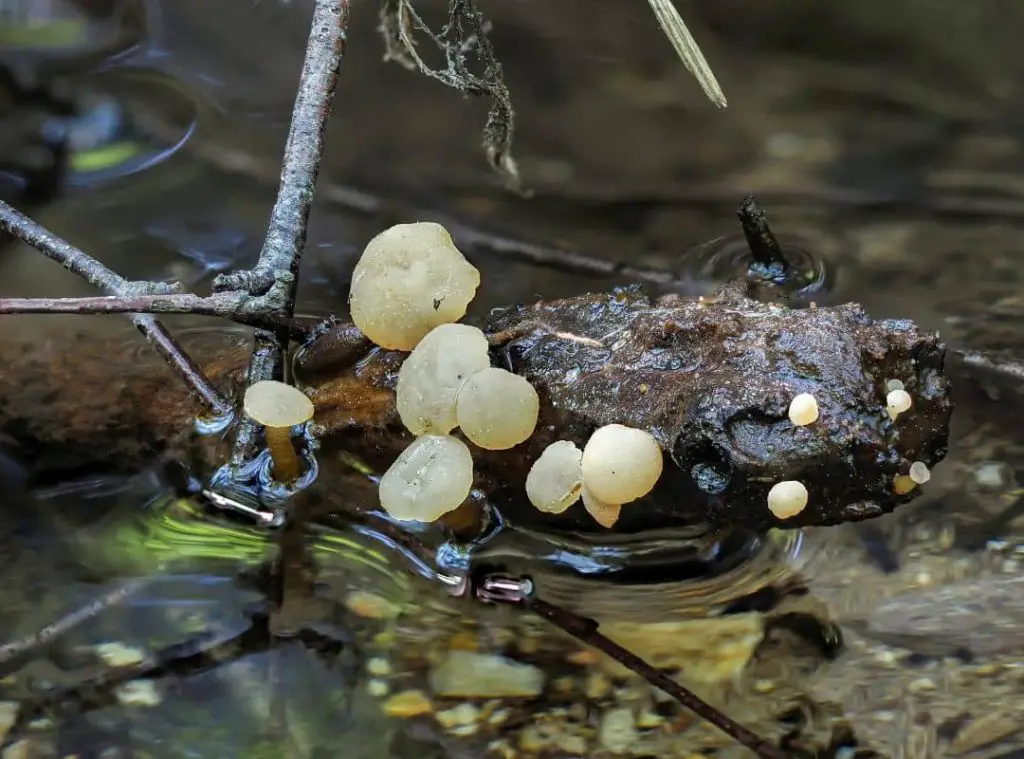
How long does it take a Monotub to pin?
Monotub is a great way to start mushroom cultures as a beginner. Monotubs are easy and low maintenance. Monotub is a closed environment, therefore, does not require a lot of effort and high-tech instruments to maintain the conditions such as temperature and humidity.
Monotubs can be faster than the conventional growth methods of mushrooms. When you start to see the mycelial fibers form knots and develop into nodules, you can open the lid of the tub and spray the tub with water. Let the lid be slightly open to let the fresh air flow inside. Pinning should start shortly after you do this. Overall it would take about 2-3 weeks for the pinheads to appear.
Conclusion
Blue oyster mushrooms are a beginner-friendly variety of mushrooms. They grow fast when provided with the right conditions. Blue oyster mushrooms do not require special conditions and are very low maintenance. They typically have 3 growth stages; spawning, pinning and fruiting. The spawning stage lasts for up to 2-3 weeks. The pinning stage starts 7 days after the spawning is complete. Blue oyster mushroom pins are deep blue in color. They appear in clusters called pin sets. The fruiting stage is faster than many mushrooms. It only takes 5-10 days to harvest after the pinheads emerge from the substrate.
Read Next: How To Extract Spores From Mushrooms ?

